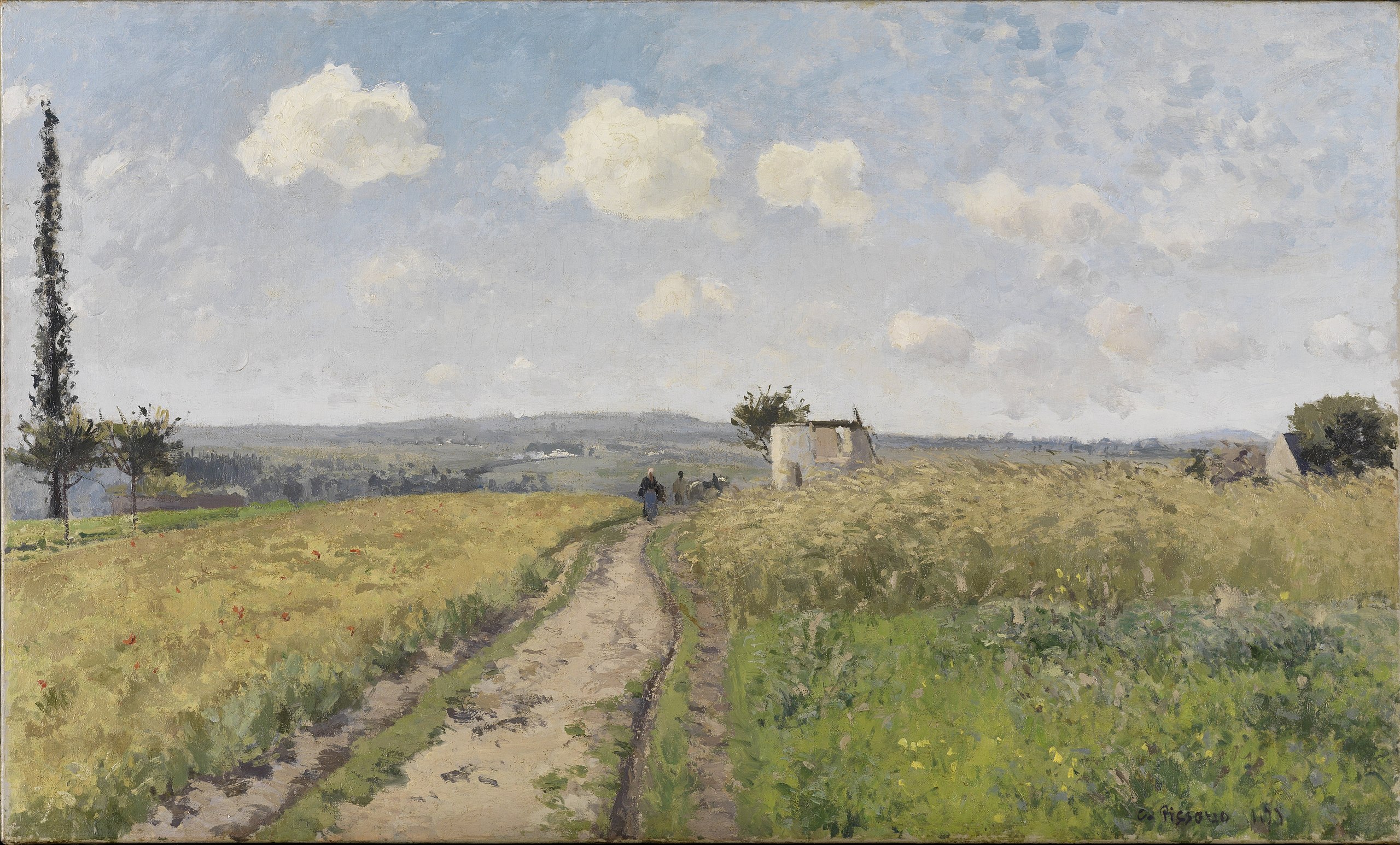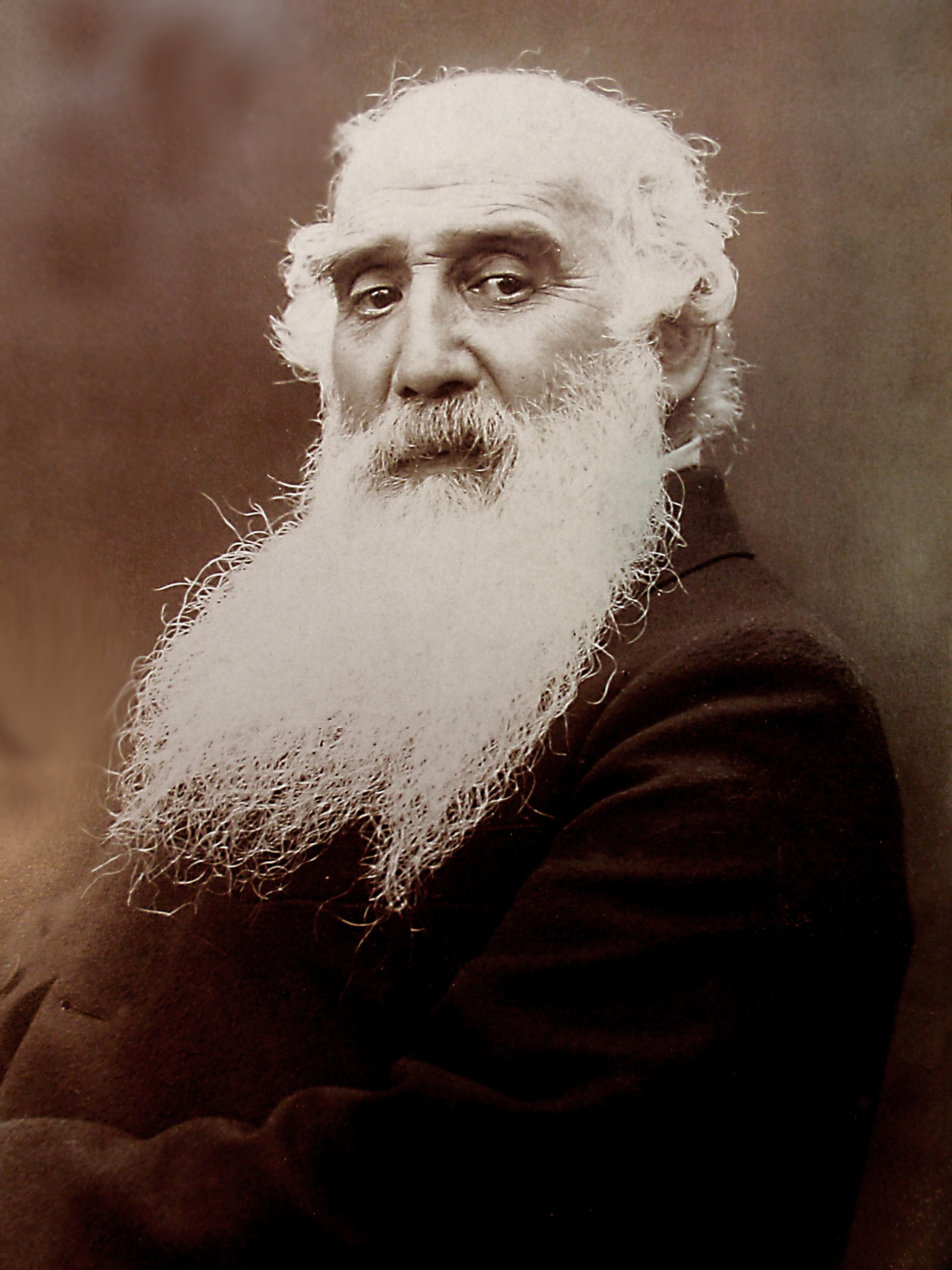The picture was presented in 1874 in the legendary first exhibition of the Impressionists in the studio of photographer and painter Nadar. The critics excelled each other with derisive laughter. Pissarro’s simple painting was considered as an affront at the time: his subject did not maintain any “classical” positions; objectivity is exchanged for the subjective feeling of a summer’s day. Pissarro had neither made accurate studies nor composed his painting in the studio according to the conventional rules. It was created in the open air, quickly laid out, and briskly painted. Pissarro disregarded the laws of color perspective and linear perspective. Instead, he dissolved the lines into lights, transformed reality into harmoniously scattered dabs of color, and developed color spaces. Critics could therefore easily claim that Pissarro’s pictures had neither top nor bottom, neither front nor back; today we acknowledge this with a smile.
A country lane cuts through fields of grain about to ripen. While the left half, enlivened by corn poppies, follows the path and withdraws into the depth, the fields on the opposite side are scaled parallel to the picture plane. The collision of near and distant layers of space is forcefully emphasized in rhythmic intervals. The narrow horizon was important to Pissarro. He enlivened the hills with a poplar tree, a group of peasants, the water reservoir, houses, and small trees. Fading hues and slightly broader, smooth brushstrokes characterize the hills shrouded in haze and set them apart from the detailed foreground and background. The sky takes up half the picture. The clouds move into the depth, so that the viewer feels—like Pissarro—right within the picture.
The balance of the components and the simplicity of the whole give the impression of calm and harmony. There were also friends of the Impressionists among the indignant public at the time, who were susceptible to this. In 1874, the art critic Jules-Antoine Castagnary bravely wrote of Pissarro’s painting: "In his June Morning, one must unreservedly praise the force with which he arranges the various parts of the landscape and the masterly and harmonious balance of the ensemble." Pissarro wanted to translate atmospheric mood values into painting. His ambition was to capture the impression of the landscape on an early summer’s day; this sunlit landscape just outside of Paris turns into the representation of warmth itself.
We present today's work thanks to the Staatliche Kunsthalle Karlsruhe.
French Impressionists are one of our favorite artistic groups. Check out what prints, notebooks, and other stuff we have with them in our DailyArt Shop!
P.S. Are you an Impressionism fan? Here's all you need to know about famous artists and paintings of the movement!


 Camille Pissarro
Camille Pissarro